Vintage Tribal Kilim Runner 3' 2" x 9' 5" (38" x 113")
Type:
Kilim RugsCollection:
Tribal Runners, ClearanceID:
K0077114Size:
Material:
The designs feature a rich array of symbols representing tribal culture and Anatolian motifs, often in the form of medallions, diamonds, and other geometric shapes.
The designs feature a rich array of symbols representing tribal culture and Anatolian motifs, often in the form of medallions, diamonds, and other geometric shapes. These kilim runners are ideal for hallways and narrow spaces, offering a touch of ethnic charm and artisanal quality to any interior.
Herki kilims not only serve as functional floor coverings but also as artistic expressions of tribal identity, making each rug a unique cultural artifact.
Design Elements
- Pattern: The tribal kilim runner features a geometric pattern, consisting of diamonds, squares, and hexagons. The design is tightly woven and symmetrical, reflecting traditional weaving techniques.
- Texture: The flat-woven texture of the kilim enhances its lightweight nature. The surface is smooth, making it suitable for high-traffic areas.
- Shape: The elongated rectangular shape is ideal for hallways, entryways, and narrow spaces, enhancing the perception of length in a room.
- Motifs: The main motifs include stylized animals, geometric shapes, and floral designs, representing the cultural heritage of the region from which the kilim originates.
Colors
- Earthy Tones: Dominated by warm oranges and browns, the color palette evokes a connection to nature and the earth, giving a cozy and inviting feel.
- Contrast: The use of cream creates contrast, accentuating the vibrant primary colors and adding a visual balance.
- Symmetry: The colors are distributed symmetrically throughout the design, which enhances the cohesion and harmony of the overall appearance.
- Cultural Significance: The color choices are reflective of traditional dyeing methods using natural materials, showcasing the artisanal craftsmanship of the weavers.
Meaning of the Main Motifs
- Diamond Shapes: Often symbolize prosperity, wealth, and the interconnectedness of life. Their recurrence represents continuity and stability in the household.
- Geometric Patterns: Represents the cultural and spiritual beliefs of the tribe. Each shape can signify different aspects of life, including family, protection, and the cycle of nature.
- Stylized Animals: These motifs often serve as symbols of protection, luck, and the spirit of kinship between humans and animals, reflecting the pastoral lifestyle of the weavers.
Summary
The vintage tribal kilim runner is a product of rich cultural heritage, evident in its geometric designs and color palette. Its earthy tones create warmth, while contrasting colors provide a dynamic visual experience. The symbolic motifs represent various cultural beliefs and values, demonstrating the artistry and spiritual connection held by the weavers.
- Ships in 1-4 business days
- Only one in stock, handmade, unique
- Free shipping via FedEx Express. Easy returns
- Contact us or add a note to your order if you want us to delay your shipping.
- Request more info if you want this rug shorter or narrower
Colors may appear slightly different across various monitors due to screen settings device differences, and external lighting conditions. If color accuracy is important for your space, we recommend viewing the rug on multiple devices or contacting us for a detailed color description. We can provide detailed photos and references using Sherwin-Williams, Benjamin Moore, Pantone, or even Crayola crayons.
You can also visualize most of our products in your own room with AR (augmented reality) on an iPhone or iPad.
Return Policy
Need a rug pad? We recommend RugPadUSA
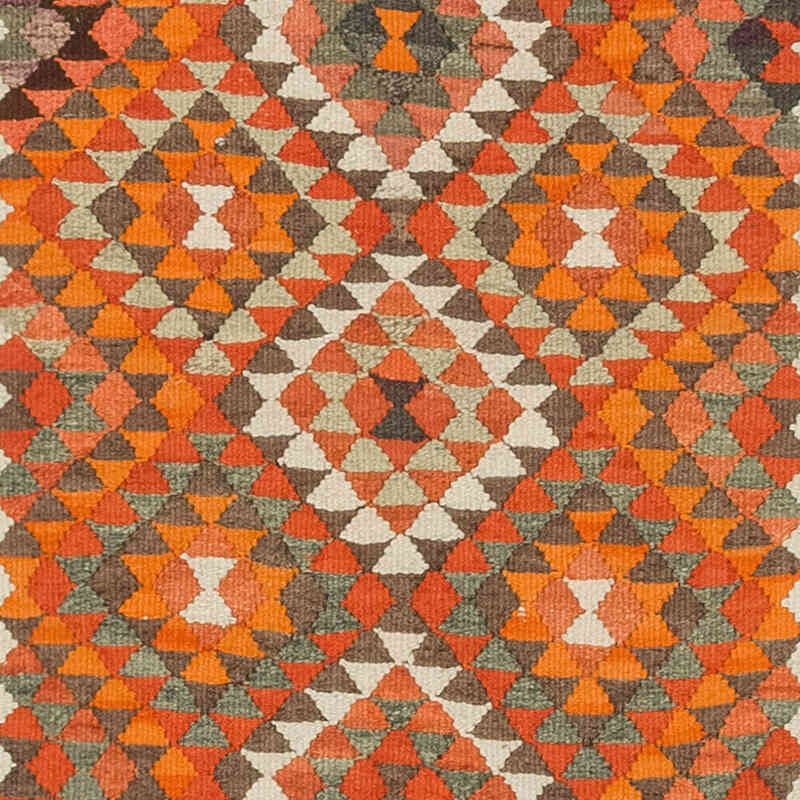
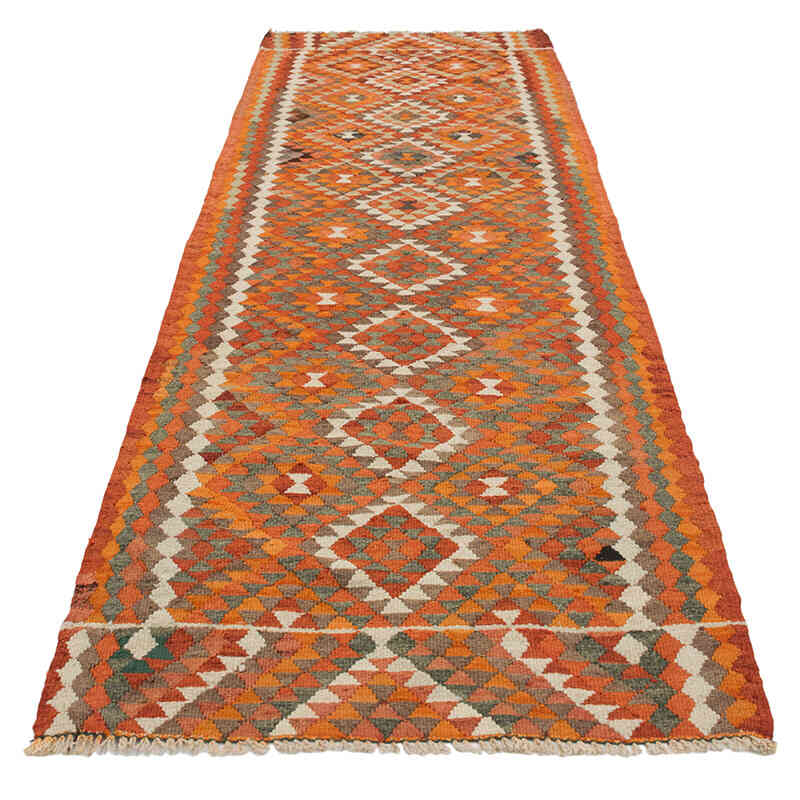
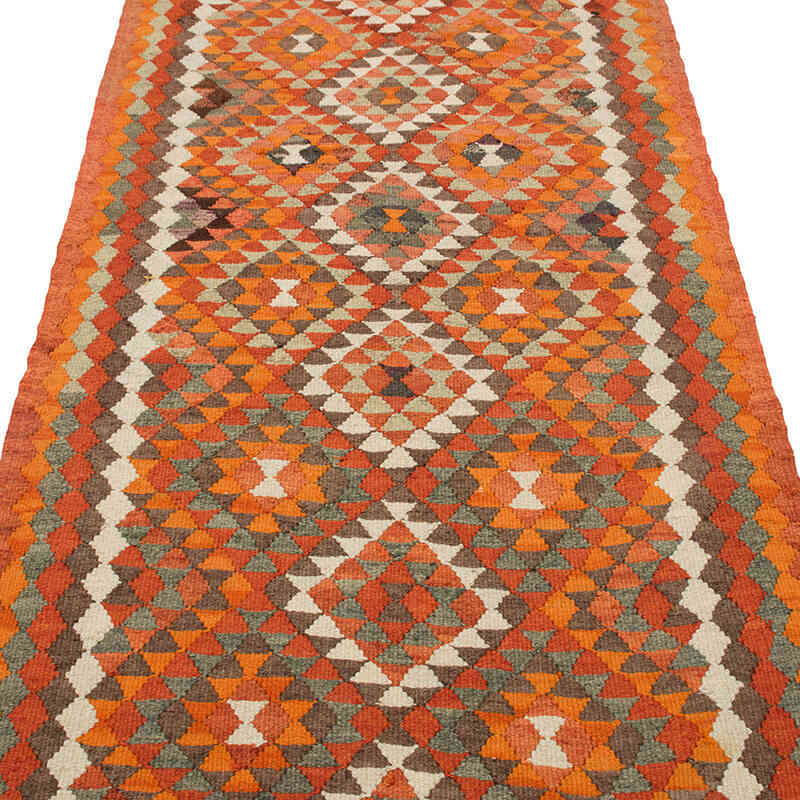
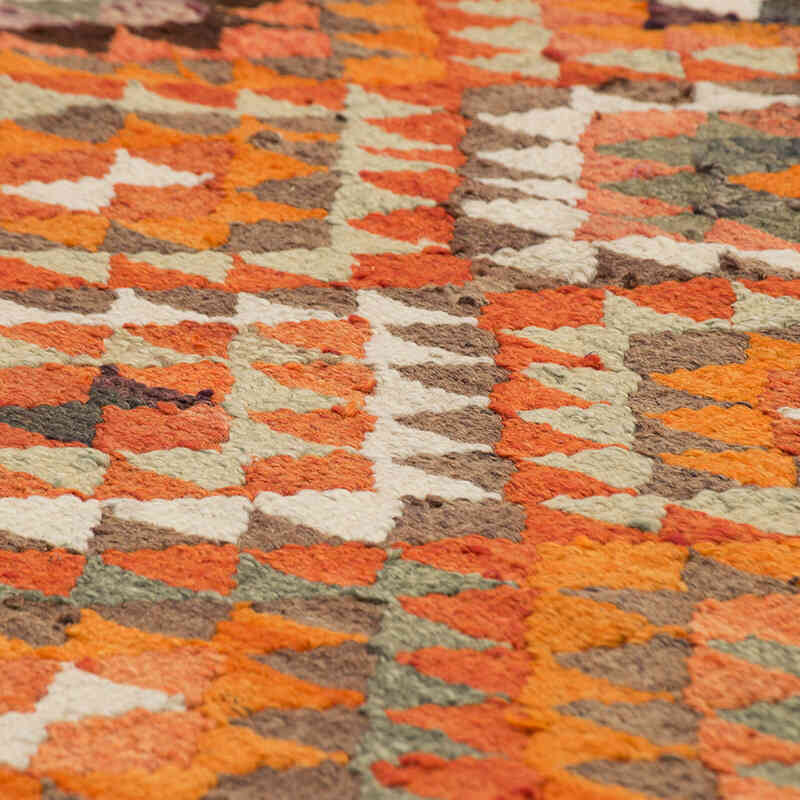

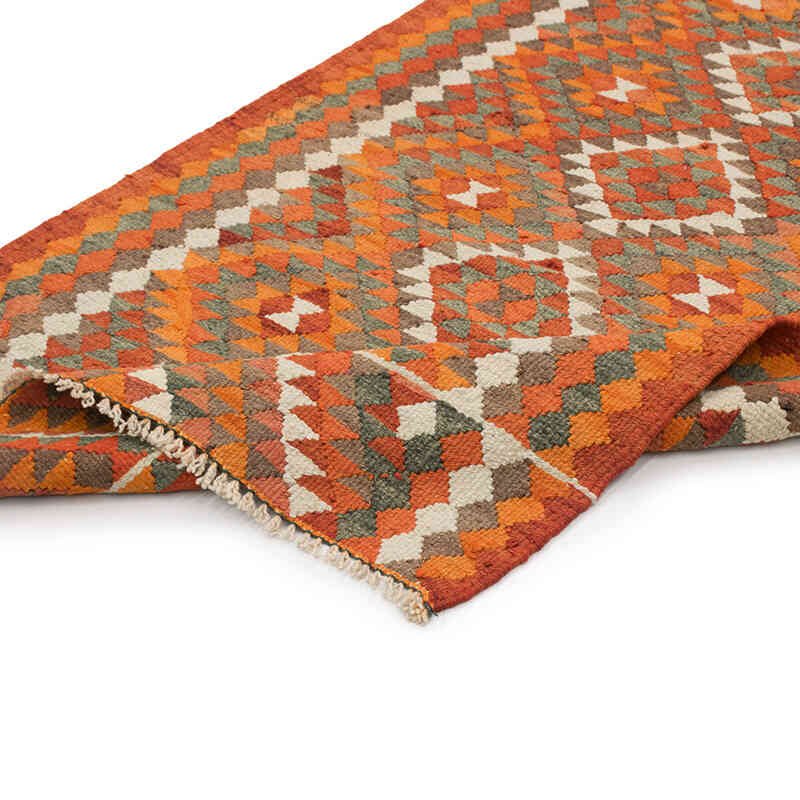
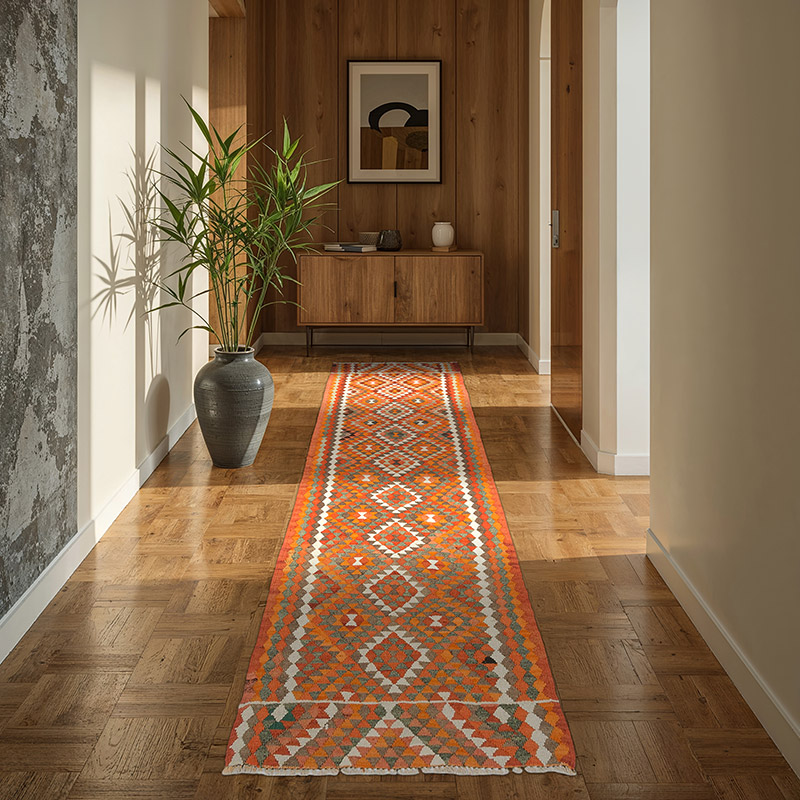
















Kilim.com has a great website with…